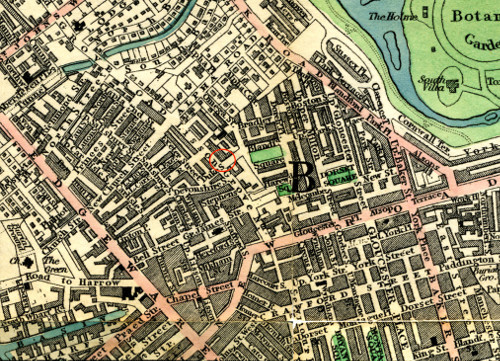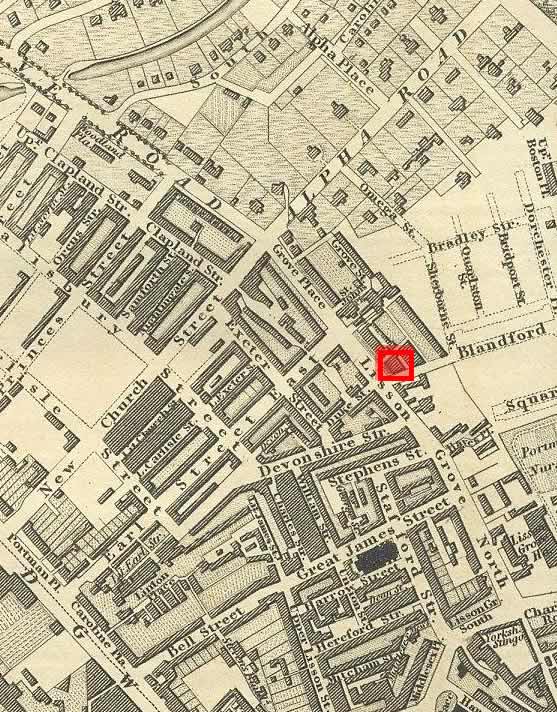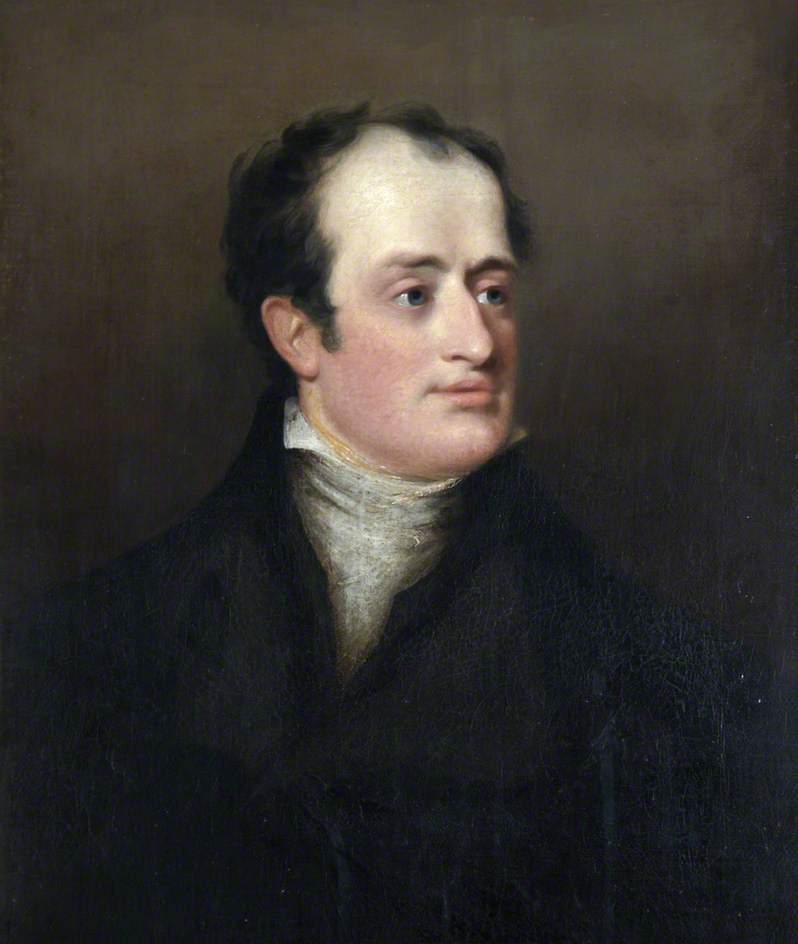18 January 1818: Keats’s Triple-H: Hunt, Haydon, Hazlitt
22 Lisson Grove North, London


22 Lisson Grove North is now No. 1, Rossmore Road
After spending time with his friend, the journalist, critic, and poet Leigh Hunt, on 18 January Keats dines at another friend’s residence, the noted historical artist Benjamin Robert Haydon. William Hazlitt (literary critic and lecturer) and William Bewick (Haydon’s student) are present. Keats at the moment is completing revisions and corrections to his long poem, Endymion, begun April 1817, with publication scheduled for April. Keats can hardly wait to put the poem behind him.
Given the knowledge, experience, and opinions of Keats’s Triple-H of influences—Hunt, Haydon, Hazlitt—social occasions like
these challenge and expand Keats’s ideas about art, propel his poetic progress, and
cast his
drive for independence. Keats is very much the junior member at such gatherings, in
not just
age but also experience and reputation. That Keats is frequently included in gatherings
of
established writers and artists attests to something about Keats’s qualities, to his
inherent
personal and poetical attributes. There is also a fourth H
within Keats’s closest
circle—William Haslam—who also comes to
Haydon’s this evening to dine.
With the pace of his socializing from December into January, Keats confesses he has
been
racketing [socializing, seeking entertainments] too much, & and does not feel over
well
(letters, 10 Jan 1818). It seems he does a fair amount of drinking this month, with
a special preference for claret.
Initially through Haydon, Keats seems to see
quite a bit of the great poet William
Wordsworth (an increasingly ambivalent figure for Keats) around this time, while his
friendship with Haydon may be at a high point. Haydon in a letter to Keats, 11 January,
writes
from my heart
about John Keats’ genius
as something to rejoice at.
Haydon confesses his devotion to and affection for Keats: My Friendship for you is beyond
its teens, & beginning to ripen to maturity.
Keats is not quite as forthcoming,
though he greatly admires Haydon’s paintings—or, maybe more, Haydon’s devotion to
art. But
truth be known, Haydon’s paintings, though grand in topic and scale, and fairly decent
in
execution, are largely void of imaginative or innovative qualities. Haydon is also
notoriously
slow—and notoriously temperamental.
Crucially, in terms of his poetic development, on 23 January, Keats notes to Haydon that, in thinking through a new, Miltonic
project— Hyperion—he will leave behind the many bits of the
deep and sentimental cast
in Endymion, and instead now
approach his subject in a more naked and grecian Manner—and the march of passion and
endeavor will be undeviating.
In writing to his brothers on the same day, he notes a
little change has taken place in my intellect lately. [. . .] Nothing is finer for
the
purposes of great productions than a very gradual ripening of the intellectual powers.
[. .
.] So you see I am getting at it, with a sort of determination and strength . . .
. In
writing this, we detect in Keats that he sees a way forward from his previous significant
poetic deficiencies—the Huntian ornamental and somewhat random qualities—of Endymion and the 1817 collection. The Hyperion project (in two
significant starts) will never be completed, despite its advanced elevated tone and
mature
poetic countenance. Some of Keats’s changing views of literary quality and qualities
are
beginning to spin off from his contact with and reading of Hazlitt.
It is less than about a month since Keats has begun to strongly articulate a poetics that, put in practice by the end of 1818 and into early 1819, results in poetry quite unlike his earlier verse. We will thus find that his mature poetic voice employs a style and voice unobtrusively immersed within the subject, with masterfully measured intensity in approaching and encasing his subjects. Importantly, Keats will also use a form, mainly lyrical and shaped by his innovative application of the sonnet with an odal form, and where sound syncs with meaning and does not distract. As mentioned, the opposite happens in Endymion, where couplets and capricious description both bog down and randomize the poem’s sense and direction.


